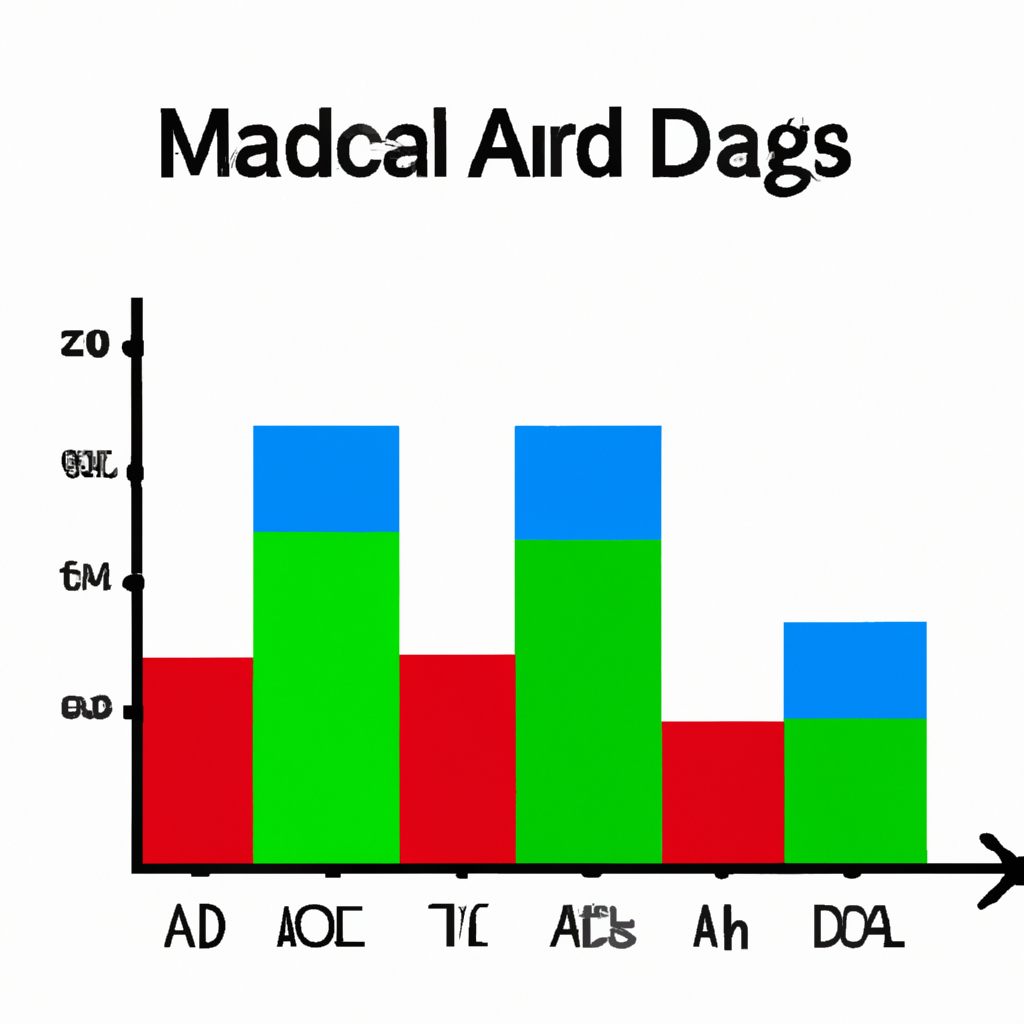MACD Indicator Signals: Understanding and Utilizing Them
Introduction
When it comes to technical analysis in the stock market, traders often rely on various indicators to make informed decisions. One such popular indicator is the Moving Average Convergence Divergence (MACD). In this article, we will delve into the details of MACD indicator signals, how they work, and how you can effectively utilize them to enhance your trading strategies.
What is MACD?
The MACD indicator is a versatile tool that combines multiple moving averages to help identify potential trends and reversals in a stock’s price. It consists of three components:
- MACD Line: This line represents the difference between two exponential moving averages (EMA) – typically the 12-day EMA and the 26-day EMA. It reflects the momentum of the stock’s price.
- Signal Line: The signal line is a 9-day EMA of the MACD line. It acts as a trigger for buy or sell signals.
- Histogram: The histogram is derived from the difference between the MACD line and the signal line. It provides a visual representation of the divergence between the two lines.
Interpreting MACD Signals
MACD indicator signals are generated through the interaction of the MACD line and the signal line. Here are the key signals to look out for:
Bullish Signals
1. MACD Line Crosses Above Signal Line: When the MACD line crosses above the signal line, it indicates a potential bullish trend reversal. Traders often consider this a buy signal.
2. Positive Histogram: When the histogram bars turn positive, it suggests increasing bullish momentum. This can be a confirmation of a potential uptrend.
Bearish Signals
1. MACD Line Crosses Below Signal Line: When the MACD line crosses below the signal line, it suggests a potential bearish trend reversal. Traders often consider this a sell signal.
2. Negative Histogram: When the histogram bars turn negative, it indicates increasing bearish momentum. This can be a confirmation of a potential downtrend.
Utilizing MACD Signals in Trading Strategies
While understanding MACD signals is crucial, incorporating them into your trading strategy effectively is equally important. Here are a few tips:
1. Confirm with Other Indicators:
MACD signals should not be used in isolation. It is advisable to confirm them with other indicators, such as trendlines, support and resistance levels, or other technical analysis tools. This helps reduce false signals and increases the probability of successful trades.
2. Consider Divergence:
Divergence occurs when the MACD line and the stock’s price move in opposite directions. Bullish divergence is observed when the price makes lower lows while the MACD line makes higher lows. Conversely, bearish divergence occurs when the price makes higher highs while the MACD line makes lower highs. Divergence can provide valuable insights into potential trend reversals.
3. Combine with Risk Management:
Implementing proper risk management techniques is essential in trading. Set stop-loss orders to limit potential losses and take-profit orders to secure profits. MACD signals can assist in determining optimal entry and exit points, but risk management should always be a priority.
Conclusion
The MACD indicator offers valuable insights into potential trend reversals and market momentum. By understanding and utilizing MACD signals effectively, traders can make more informed decisions and improve their trading strategies. Remember, practice and continuous learning are key to mastering the art of technical analysis and maximizing your trading success.

